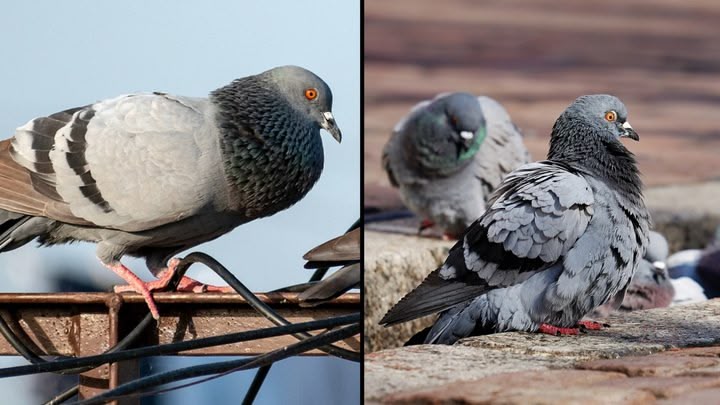Did you know: why you've probably not seen a baby pigeon
You have likely never seen a baby pigeon because they spend their entire adolescence in the nest, and when they leave, they look nearly identical to adult pigeons. They also tend to nest in high, hidden locations, further reducing the chance of observation.
Here's a more detailed explanation:
Hidden Nesting:
Pigeons typically build their nests in secluded spots, like under bridges, on building ledges, or in other out-of-the-way places. These locations are often difficult for humans to access, making it hard to spot the nests or the young pigeons inside.
Extended Nesting Period:
Baby pigeons stay in the nest for about a month, relying on their parents for food and protection. During this time, they develop their full plumage and are essentially fully grown when they fledge (leave the nest)
Adult-like Appearance:
When baby pigeons finally leave the nest, they look very similar to adult pigeons, with adult feathers and coloration. This makes them difficult to distinguish from adult pigeons, especially from a distance.
Altricial Development:
Pigeons are considered altricial birds, meaning they hatch in a helpless state and require extensive parental care. They need to stay in the nest for a relatively long time while they develop their flight feathers and other necessary skills.
Here's a more detailed explanation:
Hidden Nesting:
Pigeons typically build their nests in secluded spots, like under bridges, on building ledges, or in other out-of-the-way places. These locations are often difficult for humans to access, making it hard to spot the nests or the young pigeons inside.
Extended Nesting Period:
Baby pigeons stay in the nest for about a month, relying on their parents for food and protection. During this time, they develop their full plumage and are essentially fully grown when they fledge (leave the nest)
Adult-like Appearance:
When baby pigeons finally leave the nest, they look very similar to adult pigeons, with adult feathers and coloration. This makes them difficult to distinguish from adult pigeons, especially from a distance.
Altricial Development:
Pigeons are considered altricial birds, meaning they hatch in a helpless state and require extensive parental care. They need to stay in the nest for a relatively long time while they develop their flight feathers and other necessary skills.











